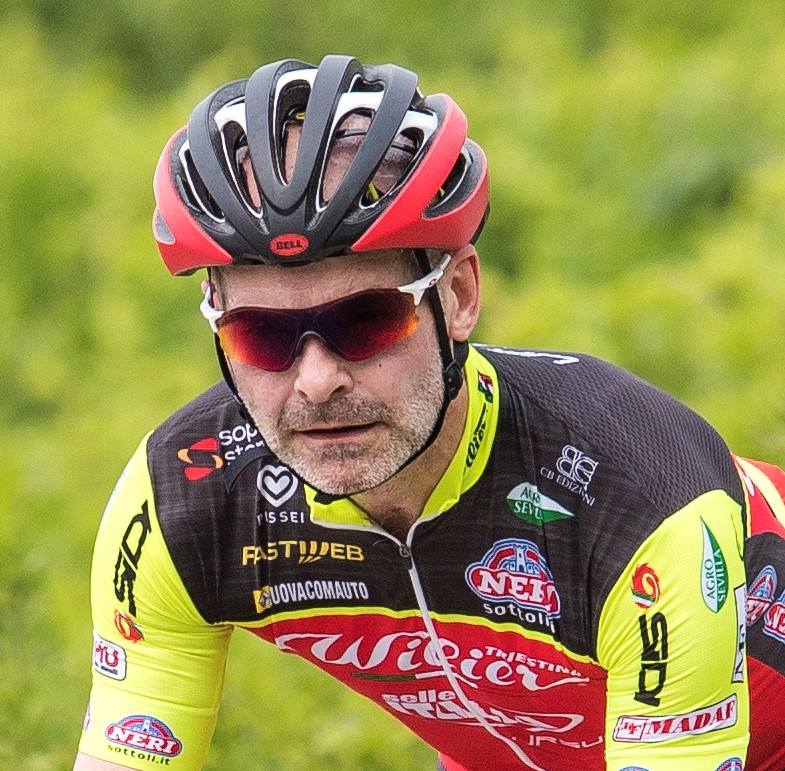‘Superhuman’ is a word bandied about for Tadej Pogačar’s race performances. His ability to just ride away from the best cyclists in the world on climbs, often seated, is truly impressive.
Now Ole Kristian Berg at Molde University in Norway has put numbers to the results. His paper, published in the Journal of Science and Cycling, estimates Pogačar’s VO2 max and power output in six climbs on the 2024 and 2025 Tours de France: Plateau de Beille, Isola 2000, Col de la Couillole, Hautacam, Peyragudes and Mont Ventoux.
Faster than Pantani

To estimate Pogačar's power numbers, Berg started with Strava data for the six climbs and information on the UAE Team Emirates website.
Berg applied mechanical models of cycling power output and the results of previous studies to arrive at some truly remarkable figures.
He estimates Pogačar‘s mean power output over a climb of around 40 minutes as 442 watts (+/-15 watts).
To achieve that output, Berg estimates, requires a VO2 max of 80 mL/kg/min over the 40 minute climb, with a peak of 90 mL/kg/min. His estimates of power output in watts-per-kilogram across the various climbs are from 6.4 to 7.0.
Berg’s results are based on a few assumptions: he assumes zero wind and no drafting and estimates Pogačar‘s frontal area when racing, his race weight, his efficiency in turning energy into power and the air density. He also uses a pre-established number for the bike’s rolling resistance.
While Pogačar doesn’t publish his power data, Derek Gee, who has recently terminated his contract with Israel-Premier Tech, has, and Berg used this to validate his model of Pogačar‘s power output.

Berg points out that the finishing times of the first three finishers on the Plateau de Beille in the 2024 race were all faster than the previous record set by Marco Pantani in 1998. The peak performance numbers during moves such as the attack by Jonas Vingegaard and the counterattack by Pogačar on that climb were likely even higher, he states.
There have been reports of very high VO2 max numbers in lab tests of elite cyclists, including previous Tour de France winners, with numbers over 80 mL/kg/min and reaching over 90mL/kg/min. In previous posts, we've looked at why the Tour de France is getting faster and how Pogačar has become so good.
In 2019, we hooked up elite amateur climber Andrew Feather to an ergometer at the University of Bath to measure his VO2 max in the lab. Feather’s measured VO2 max was 78.7 mL/kg/min and his FTP was 350 watts.
That may not be enough to win him the Tour de France, but he was the only rider of 1,189 starters not to be overtaken by Pogačar on the recent Pogi Challenge hill climb in Slovenia. Feather did have a six minute start though.





